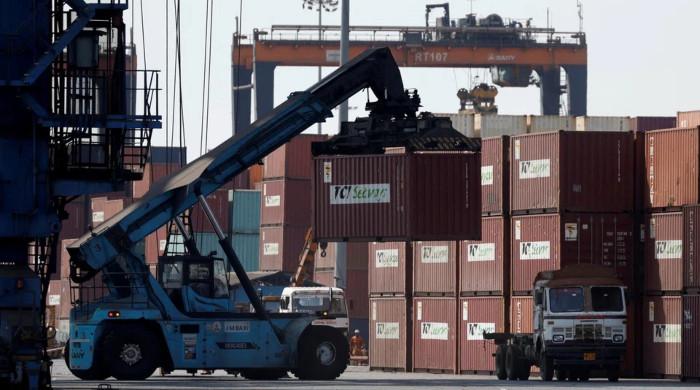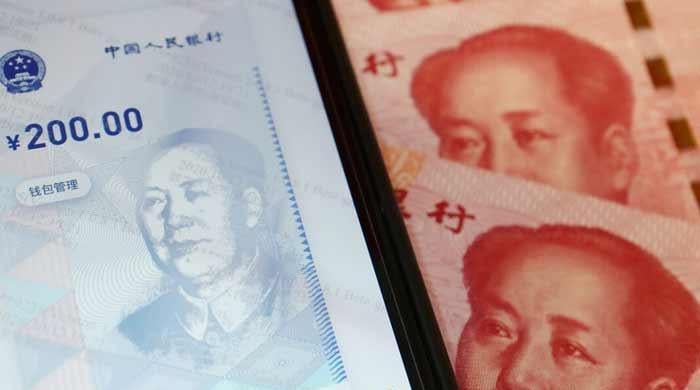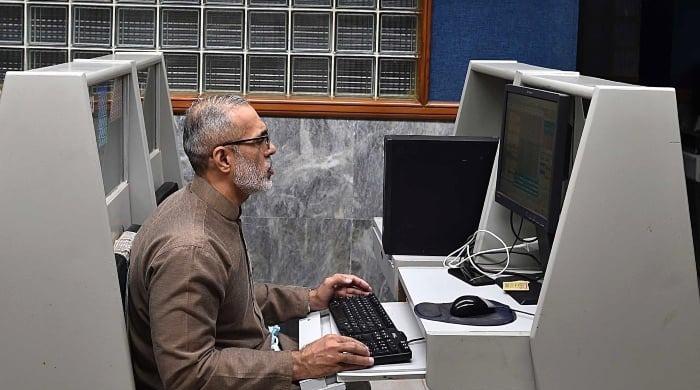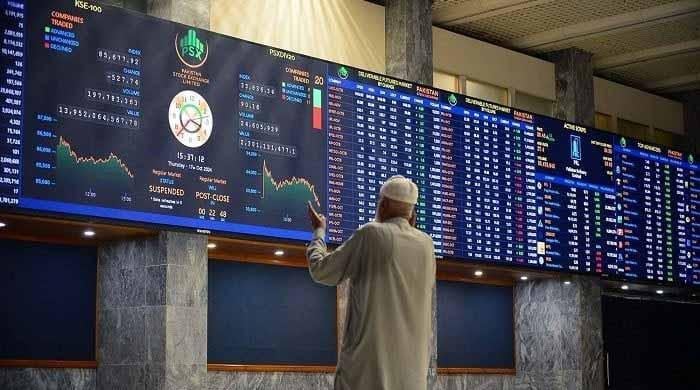Rupee extends losses on rumours regarding speculative trade
With a fresh loss of 0.33%, the local currency settles at Rs175.24 against the US dollar in the inter-bank market
November 19, 2021
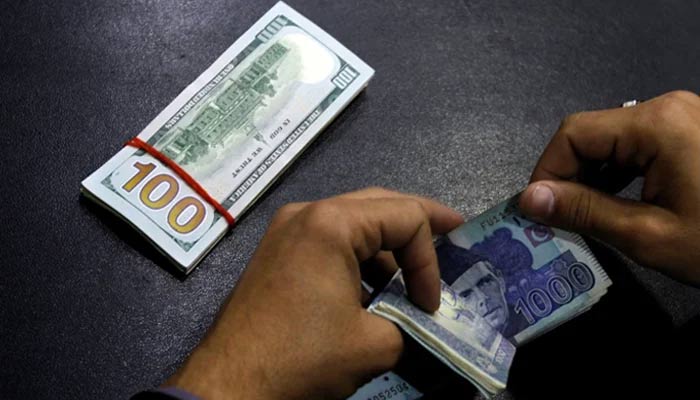
- With a fresh loss of 0.33%, local currency settles at Rs175.24 against the US dollar in the inter-bank market.
- Uncertainty regarding the monetary policy announcement due after the close of the trading session kept the currency under pressure.
- Pakistan follows a market-based exchange rate where the currency moves are determined by market forces of demand and supply.
KARACHI: The Pakistani rupee weakened by another 57 paisas against the US dollar in the inter-bank market on Friday, ending at Rs175.24 compared to the previous day’s closing of Rs174.67.
It is worth mentioning that the local currency closed at an all-time low of Rs175.73 against the greenback on November 12.
With a fresh decline of 0.33%, the local currency maintained its downtrend on the back of uncertainty regarding the monetary policy announcement which was announced after the close of the trading session.
Moreover, rumours regarding speculative trading of the local currency by the commercial banks coupled with looming uncertainty regarding the International Monetary Fund (IMF) programme added fuel to the downtrend.
The country follows a market-based exchange rate where the currency moves are determined by the market forces of demand and supply.
Hence, on Thursday, amid a sharp decline in the value of the local currency, the State Bank of Pakistan (SBP) blasted banks for engaging in speculative trade in the foreign exchange market, and warned them to stay away from this activity, as it pushed to curb speculation and prevent the rupee’s free fall, sources told The News.
The SBP management held a meeting with the heads of 10-12 major banks after reports that speculative trading by some bank’s treasury officials influenced the exchange rate, manipulating the market for the sake of personal profits.
In times of currency depreciation, traders’ guidance triggers panic buying in the market. They convince importers to buy more in a short period to make their payments so this unnecessary demand creates a shortage of dollars in the market. At the same time, they advise exporters to not sell dollars and hoard them in anticipation of further depreciation, which weakens the greenback supplies.
The sentiment on the rupee was already weakened due to the IMF programme. Therefore, currency manipulators used this to make quick profits. This is the speculation where the currency fluctuates without any shift in the economic indicators.




